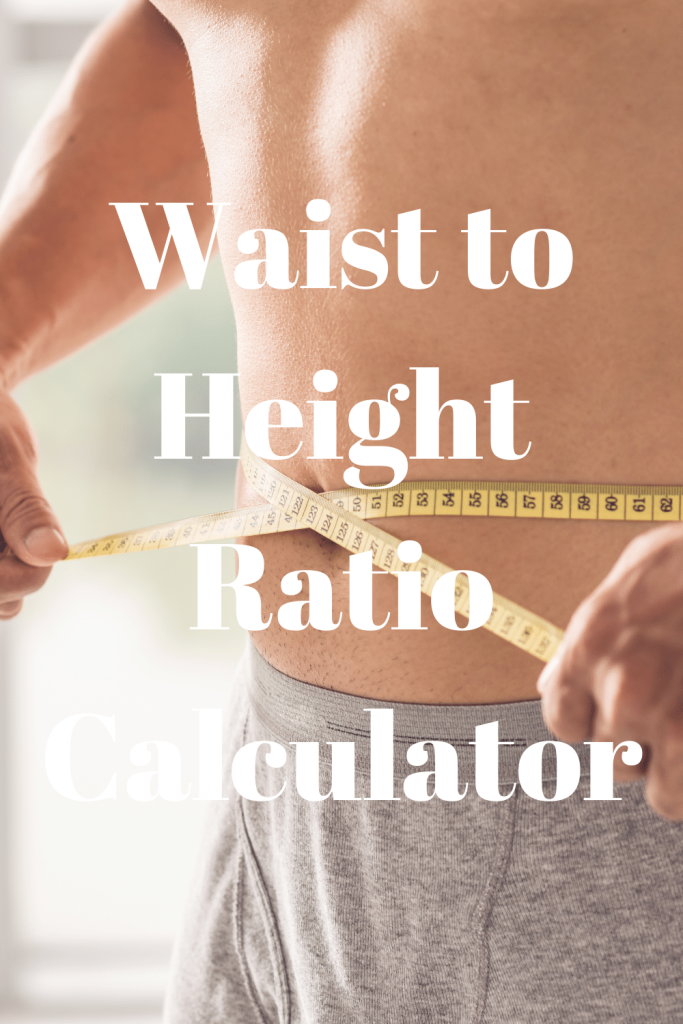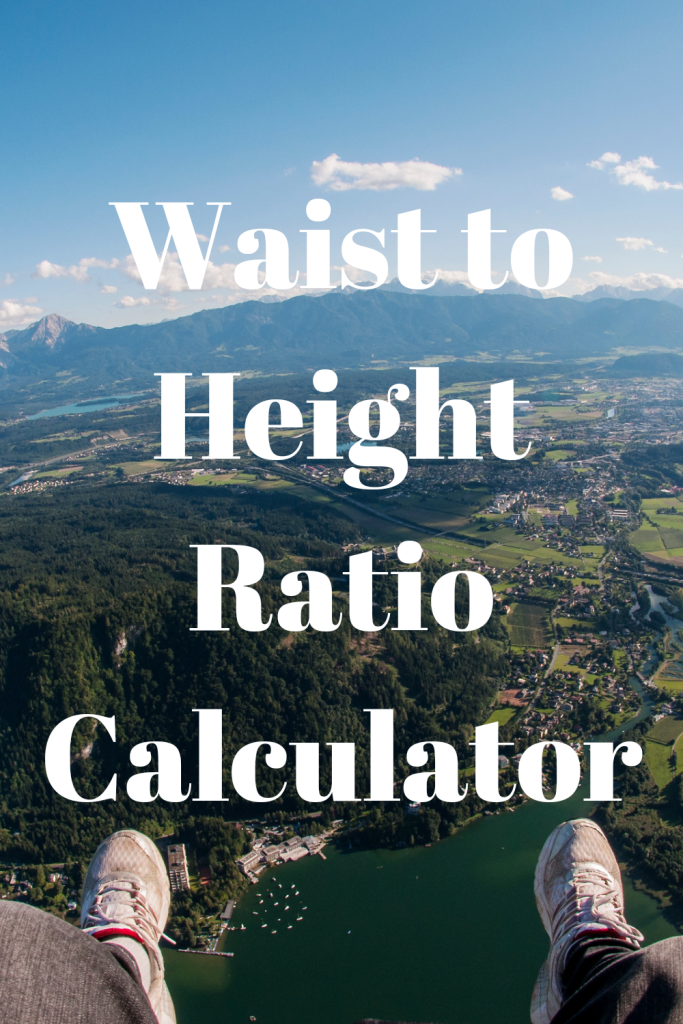Things To Know About Waist to Height Ratio Calculator
Aside from the body mass index, the waist to height ratio is another way for health care providers to analyze an individual’s body composition to assess his general health.
Although the body mass index (BMI) is more widely recognized for evaluating body composition than the waist-to-height ratio, many clinicians feel the waist-to-height ratio is superior. This advantage is because BMI may be affected by an individual’s frame or muscle mass.

For example, a guy with a large amount of muscular mass may be classified as overweight or obese by the body mass index despite having a low proportion of body fat. Indeed, the European Congress on Obesity recently declared that this ratio is the strongest predictor of a person’s risk of significant health issues, including diabetes, high blood pressure, and heart disease.
Unlike BMI, the waist-to-height ratio is determined by waist size, which is the most hazardous area to carry weight (abdominal fat). Abdominal obesity, in particular, causes insulin resistance and poor glucose tolerance, eventually leading to diabetes, atherosclerosis, and an increased risk of cardiovascular disease. Furthermore, the waist to height ratio considers an individual’s frame. Thus a significant amount of muscular mass will not distort the findings.
How to Calculate Your Ratio
To begin, use a tape measure to measure your waist in inches around your belly button. Measure your waist where your jeans sit, as this is frequently less than your waist at the belly button. It is critical to measure your waist rather than your pant size since many garment manufacturers make their sizes larger than stated on the label to avoid offending customers.
BMI or waist-hip ratio?
The waist-hip ratio is the ratio of the circumferences of the waist and hips. How to Calculate. The waist circumference should be measured around the narrowest part of the waist, generally halfway between the lowest rib and the iliac crest. Hip circumference should be measured around the widest part of the hips, with the legs close together. Divide the waist circumference by the hip circumference to get the waist-hip ratio—a health indicator.

The waist to hip ratio can be used to assess a person’s health and determine the likelihood of acquiring health problems. People with apple-shaped bodies (those with more weight around the waist) have more health issues than those with “pear-shaped” bodies (people carry more weight around the hips).
Obesity is measured using the waist-to-hip ratio. Which of the following is a sign of other, more significant health problems? A waist-hip ratio of 0.7 for women and 0.9 for males has been proven to correlate with health and fertility positively. Women in the 0.7 range have optimum estrogen levels and are less prone to diabetes, CVS disorders, and ovarian cancer. Men with a waist-hip ratio of 0.9 or less are more fertile and healthier. The waist-hip ratio has been proven to be a more accurate predictor of death in the elderly than BMI.
If obesity is measured using Waist Hip Ratio rather than BMI, the percentage of persons at risk of heart attack climbs thrice globally. The proportion of body fat is also thought to be an appropriate indicator of relative weight… As a result, two women may have different BMIs, but the same waist-hip ratio or the same BMI but different waist-hip ratios.
Even in ancient civilizations, female representations are most commonly in the 0.6-0.7 range for waist-hip ratio, indicating a preference for lower waist to hip ratio. Other research has revealed that waist circumference, rather than waist-hip ratio, is an excellent predictor of CVS risk factors, body fat distribution, and hypertension in type 2 diabetes. BMI is an abbreviation for Body Mass Index (BMI)
Metric units for BMI:
• For example, weight in kilos divided by height in meters squared. If your weight is 80 kilos and your height is 1.8 meters. So 1.82 meters squared equals 3.24, and 80 divided by 3.24 is BMI 24.69.
Imperial measurements:
• weight in pounds multiplied by 703, divided by height in inches squared As an example, If your weight is 190 pounds, and height is 6 feet or 72 inches, 72 divided by 72 is 5184, and 190 x 703 divided by 5184 equals BMI 25.76.
People with BMIs less than 18.5 are considered underweight, those between 18.5 and 25 are considered optimal, those between 25 and 30 are considered overweight, and those over 30 are considered obese.
According to health experts in certain nations, the bottom limit for BMI is 20, and anything below that is considered underweight.
Issues with BMI.
BMI is an essential tool that does not consider a person’s waist, chest, or hip size. A weight lifter may have a higher BMI than a person with a massive belly due to increased muscle mass, but this does not imply that he is overweight or obese. It is simply due to oversimplified BMI estimates that do not take into consideration the fat-to-muscle ratio. Furthermore, BMI does not take into consideration bone mass.
As a result, many health professionals do not see BMI as valuable for calculating optimal body weight. They use this technique as a rough estimate, or essential BMI underestimates body fat in obese persons and overestimates muscular or lean people.
Summary
Overall, when we compare BMI with Waist Hip Ratio, we see that BMI is a relatively essential measure that is easy to use in various scenarios. However, as we now know, WHR is a superior choice that provides us with a better knowledge of a person’s general health problems and overall health outlook.

Another obesity analyzer is body fat percentage, which is more accurate but more complex to compute and is best handled by specialists. Read about golden Ratio face here.
